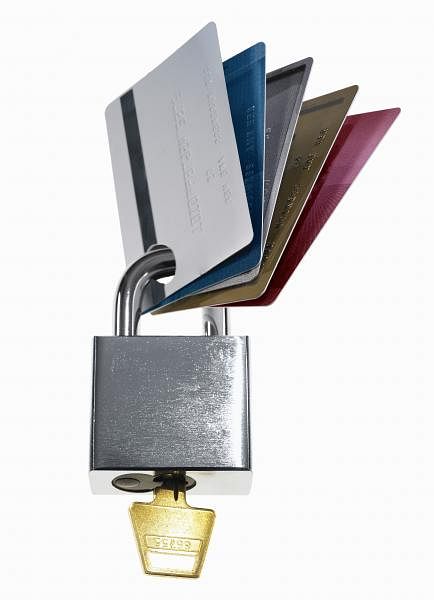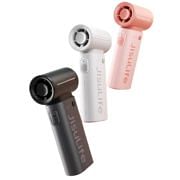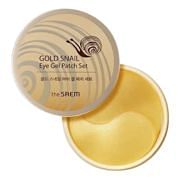
We sure love our plastic. There are, after all, about five million credit cards in circulation in Singapore right now. The problem is, fraudsters are getting smarter. Criminals have gone high-tech, from using skimming devices that capture card data stored on the magnetic strip, to installing micro-cameras which sneakily spy on PIN numbers keyed in. So with all these scary traps, how do you protect yourself? Here are some important tips to make it more difficult for scam artists to walk away with your precious data.
When you’re offline…
Go where your plastic goes. You might be rushed, distracted or even intoxicated. But always make sure your card slips right back into your purse, as you don’t want it to be passed through several hands before having to retrieve it. And don’t leave your card lying in full view – with camera phones so commonplace these days, someone could easily take a quick picture of your card make, number and expiry date.
Keep your lips sealed. Don’t divulge your credit card details over the phone or e-mail, not even to salespersons offering you a “one-off deal” on subscriptions, vacations or gym memberships. You never know who’s on the other end. If you really want to make a purchase, sign up for the deal in person.
Don’t leave it blank. When you’re asked to give your signature on a credit card receipt, don’t forget to draw a diagonal line through the blank lines before the total and write in the total amount, so that additional charges can’t be added.
And don’t crush your receipts and leave them lying around after you’ve paid for a meal. All your card information is on those chits, so any thief can pick them up and jot your details down. Instead, keep your receipts so that you can check against your monthly statement. Only after that can you heave a sigh of relief and shred those papers to bits.
Report suspicious charges. If there are any purchases you don’t think you made, call your bank promptly and write in if necessary. So what if you feel like a fool if it’s a false alarm – you’re better off safe than sorry.
Get fraud-proof cards. Biometric cards are more secure than standard ones because they require a fingerprint to verify the cardholder’s identity. Local banks also have chip-and-pin cards with embedded microchips that make the cloning of cards more difficult.
When you’re online…
Install and update software. Use anti-virus and anti-spyware programs to scan your hard drive and any potential viruses sent through e-mails. Check out www.aol.com and www.cyber-defender.com for free downloads.
Type it out. Instead of clicking on hyperlinks in an email, type out the URL address. That’s because phisher e-mails can make a link look legitimate but still take you to a false website.
The right password. Don’t use passwords related to your name, birthdates or anniversaries. Change your passwords every two weeks for increased security. When a wallet is stolen, fraudsters have been known to use the data on identity cards to come up with a person’s PIN.








